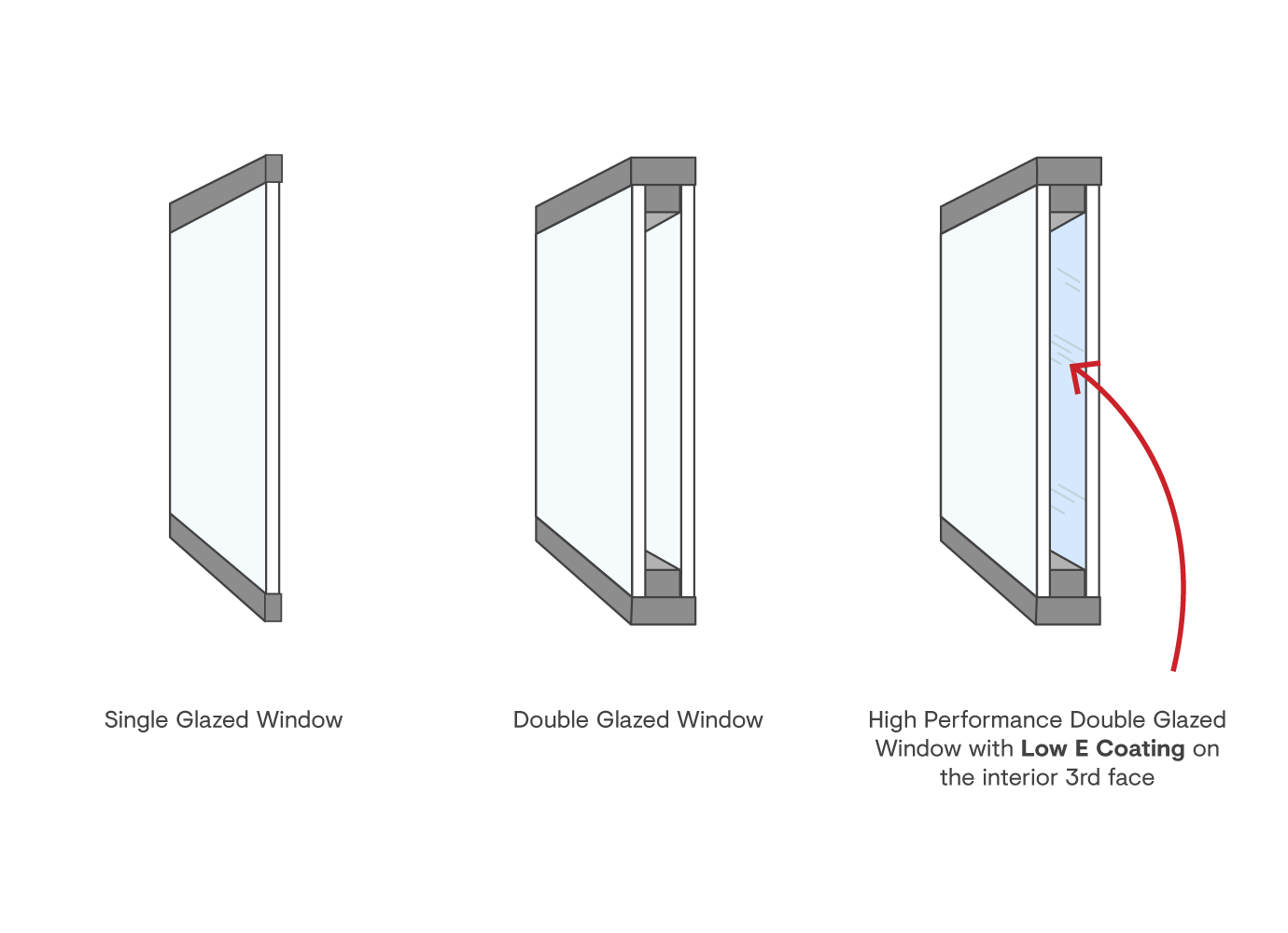All Categories
Featured
Table of Contents
Double Glazed Windows – Their Amazing Benefits For ... in Mirrabooka Western Australia
Glazing just means the windows in your home, consisting of both openable and set windows, along with doors with glass and skylights. Glazing really simply indicates the glass part, however it is normally utilized to refer to all aspects of an assembly including glass, movies, frames and furnishings. Focusing on all of these elements will assist you to accomplish effective passive style.

Energy-efficient glazing makes your house more comfy and drastically minimizes your energy costs. Improper or poorly designed glazing can be a major source of undesirable heat gain in summertime and significant heat loss and condensation in winter. As much as 87% of a house's heating energy can be acquired and as much as 40% lost through windows.
Windows Of Opportunity: Your Guide To High-performance ... in Daglish Perth
Glazing is a considerable investment in the quality of your home. The cost of glazing and the cost of heating and cooling your home are carefully related. A preliminary financial investment in energy-efficient windows, skylights and doors can significantly lower your annual heating & cooling expense. Energy-efficient glazing also reduces the peak heating and cooling load, which can decrease the needed size of an air-conditioning system by 30%, causing additional cost savings.
This tool compares window selections to a base level aluminium window with 3mm clear glass. Understanding a few of the crucial homes of glass will assist you to select the very best glazing for your home. Key properties of glass Source: Adapted from the Australian Window Association The amount of light that travels through the glazing is called noticeable light transmittance (VLT) or visible transmittance (VT).
Which Type Of Glass Is Best For Energy Efficiency? - A&l Windows in Jolimont WA
This may lead you to switch on lights, which will lead to higher energy costs. Conduction is how readily a material carries out heat. This is understood as the U value. The U worth for windows (revealed as Uw), explains the conduction of the entire window (glass and frame together). The lower the U value, the greater a window's resistance to heat flow and the much better its insulating worth.
If your home has 70m2 of glazing with aluminium frames and clear glass with a U worth of 6. 2W/m2 C, on a winter's night when it is 15C cooler outside compared to inside your home, the heat loss through the windows would be: 6. 2 15 70 = 6510W That is equivalent to the overall heat output of a large room gas heater or a 6.
The Best Double Glazing Companies In Canberra in Burswood Western Australia

If you select a window with half the U worth (3. 1W/m2 C) (for example, double glazing with an argon-filled gap and less-conductive frames), you can halve the heat loss: 3. 1 15 70 = 3255W The solar heat gain coefficient (SHGC) for windows (revealed as SHGCw) determines how readily heat from direct sunshine streams through an entire window (glass and frame together).
The lower a window's SHGC, the less solar heat it sends to the home interior. The actual SHGC for windows is affected by the angle that solar radiation strikes the glass.
Why Double Glazing Keeps Your Home Cooler In Summer? in Wilson WA
When the sun is perpendicular (at 90) to the glass, it has an angle of occurrence of 0 and the window will experience the optimum possible solar heat gain. The SHGC stated by glazing makers is constantly calculated as having a 0 angle of occurrence. As the angle increases, more solar radiation is shown, and less is transferred.
Latest Posts
Double Glazed Windows in Floreat Perth
Insulated Glass Unit – Igu in Lathlain Perth
What Is Triple Glazing? - Infinite Windows in Attadale Perth